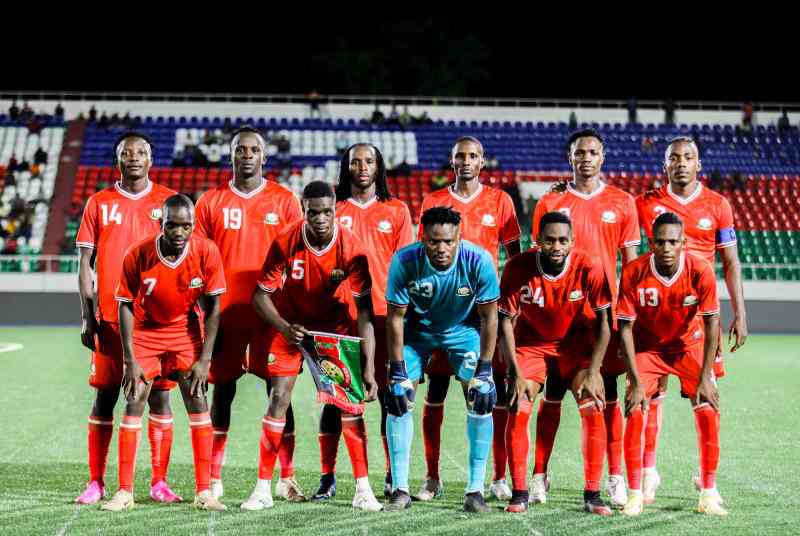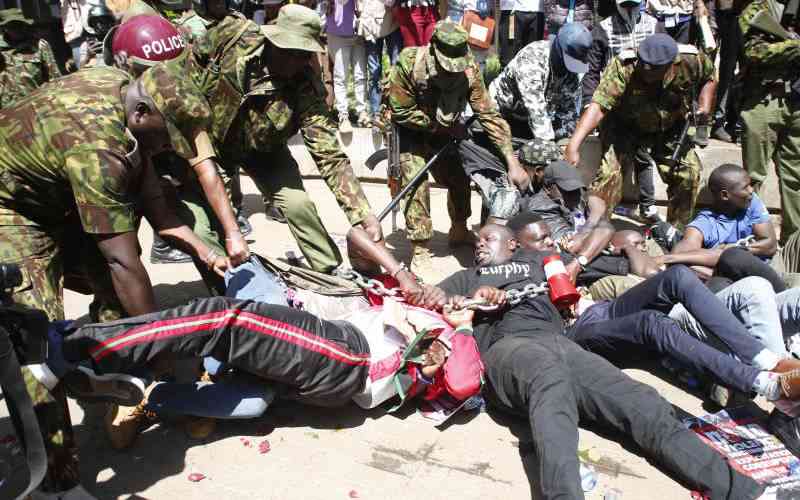When we were kids, Christmas wasn't just about feasting. Every child desired to be in their Sunday best. Those who were from well to do families would, of course, get a complete set of new clothing. But even the poorest of the poor struggled to get a little something for their kids - even if it was the humblest form of footwear.
A poor child in brand new bathroom slippers would strut to church as if they owned the earth, as would boys in oversized, garishly coloured second hand shirts or girls in nylon dresses that threatened to erupt into flames when exposed to sunshine. All that mattered was that it was 'new'.
One shoe that defined Christmas for the common man's child was sandak, a light plastic shoe with a strap at the back. Very fairly priced, it was worn by both girls and boys.
Unlike Northstar, moccasins and other shoe brands that were for the well-healed, parents didn't have to save for months on end to afford sandak for their children.
For those who could not afford them, bathroom slippers did the trick; or akala - the sandals made from recycled tyres which cost close to nothing.
But while rural children were fussing over shoes, their parents who were mostly peasant farmers were pretty comfortable living in their gumboots. They wore them come rain and shine - except on Christmas Day!
Safari boot
The old gumboot is perhaps the only shoe that has stood the test of time, as its shape, colour and other features have experienced negligible alterations. Although women now have sexy gumboots that come in girly colours - like pink and purple, which girls of old would have loved as a Christmas gift.
But if there is is a shoe that every young man would have loved to get their hands on for Christmas but couldn't because it was not your kawaida shoe, the Safari boot was it.
Popular among tourists, tour guides and conservationists and famed for its durability, it was marketed as the "Shoe that says you know Africa".
Now the official uniform for Kenya Wildlife Service and Kenya Forest Service officers, it was coolness itself, and pricey as well.
"Most of us did not mind that the Safari boots were costly. It was no mean feat to put a pair costing Sh1, 600 on your feet in the mid90s. I always wore mine on extremely important events, like when taking my girlfriend out," says Stanley Murithi.
Murithi adds the Safari boot was long lasting and people did not mind spending a lot of money on a pair, in the faith that its durability would stand them in good stead.
The Safari boot was worn with suits, especially the Safari suit, jeans, khaki pants - name it. It was that versatile, and the Christmas gift many a young man desired but never got.
And then there was Northstar.
Wycliffe Kimathi, an attendant at Bata on Mosque Road in Meru town's Central Business District, says the famed Northstar is back, albeit in a different shape, design and colours.
Kimathi notes while the older brand of Northstar beloved by the loaded farmers, teachers and others in olden days, and their children, was not as eye-catching as the new design, the older clients still prefer it.
Kimathi attributes this love for the shoe to its rubber sole and tough material
The older one had yellow striped, and is quite distinct from the new design which has a more youthful look.
"But even then it is the older people buying the new brand. We sold 16 pairs in less than three weeks of delivery. The new design is more appealing due to its 'youthful' look," says Kimathi.
Mzee Cyrus Muguna has a pair of Northstar he bought in 1992 and though it does not fit properly fit him now, he still forces his feet into it once in a while.
It is a tired old pair but Muguna, a tea farmer at Kiangua in Chogoria in Tharaka Nithi, says it was his first pair of shoe.
"For a long time I used to wear it once a month, either when going for my tea bonus or a parents meeting. I have fond memories of it. The shoe stood out and it had its own special place where it was stored, waiting for a special occasion!" he chuckles.The Northstar was mostly worn with jeans, and many a young man, magic ozeed when the ensemble included a Savco jeans an Azzaro shirt.
The moccasin
The cooler cats loved the moccasin though, which, like the Northstar, still remains dear to the older and younger folks, and Jediel Kimathi, 29, can attest to this.
Kimathi, a bubbly youth who loves a good pair of shoe when he sees one, owns a leather mocassin which he treasures.
So fond is he of it that he has 'archived' it, and has put it a few times, preferring to wear out his other types of shoes.
"I bought my moccasin at a Mitumba stall last month. I have worn it twice, because I aim to only wear mocassin on very special occasions, like a party or wedding. You are only going to be seeing me wearing loafers, which some people mistake for moccasins!" he says.
So popular was the mocasin that it spawned ngoma - a wannabe mocasin improvised from black rubber shoes. The Ngoma was most popular during the 1080s when the Breakdance craze swept through Kenya.
As for the kids who grew up in the 70s, there was no better Christmas dress than the kitenge. Boys would wear kitenge shirts, while their sisters would step out in kitenge dresses (or frilly dresses with more staircases than KICC). In proper families, all the children would be dressed alike - which was something of a putoff as they grew older.
Unfortunately, parents of that era preffered to buy clothes that one would "grow in", so Christmas often involved watching children walking around proudly in clothes three sizes too big. Not surprisigly, it wasn't fun being a middle child, because most of the time, 'new' clothes and shoes meant hand-me-downs from older sibblings!
 The Standard Group Plc is a
multi-media organization with investments in media platforms spanning newspaper
print operations, television, radio broadcasting, digital and online services. The
Standard Group is recognized as a leading multi-media house in Kenya with a key
influence in matters of national and international interest.
The Standard Group Plc is a
multi-media organization with investments in media platforms spanning newspaper
print operations, television, radio broadcasting, digital and online services. The
Standard Group is recognized as a leading multi-media house in Kenya with a key
influence in matters of national and international interest.
 The Standard Group Plc is a
multi-media organization with investments in media platforms spanning newspaper
print operations, television, radio broadcasting, digital and online services. The
Standard Group is recognized as a leading multi-media house in Kenya with a key
influence in matters of national and international interest.
The Standard Group Plc is a
multi-media organization with investments in media platforms spanning newspaper
print operations, television, radio broadcasting, digital and online services. The
Standard Group is recognized as a leading multi-media house in Kenya with a key
influence in matters of national and international interest.





